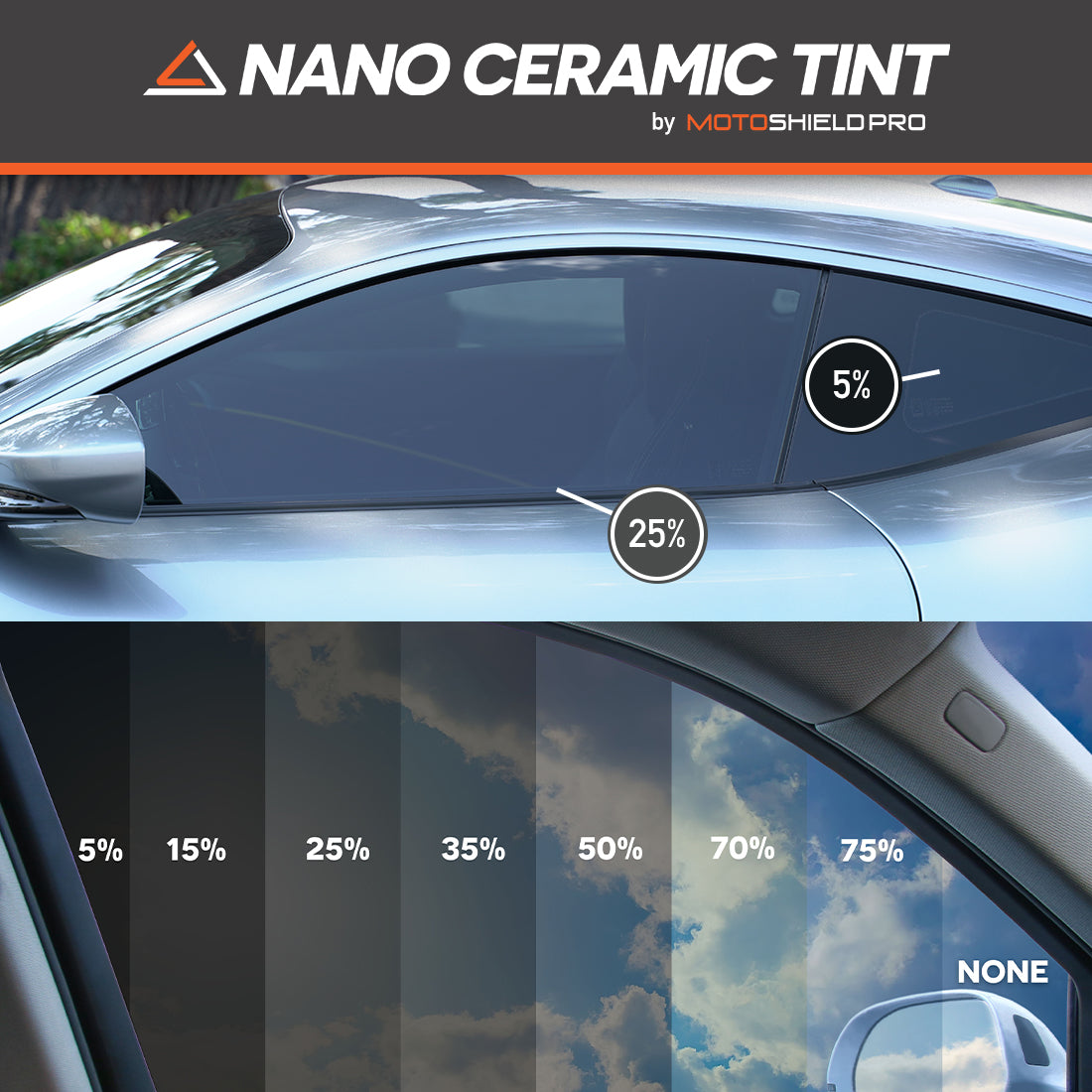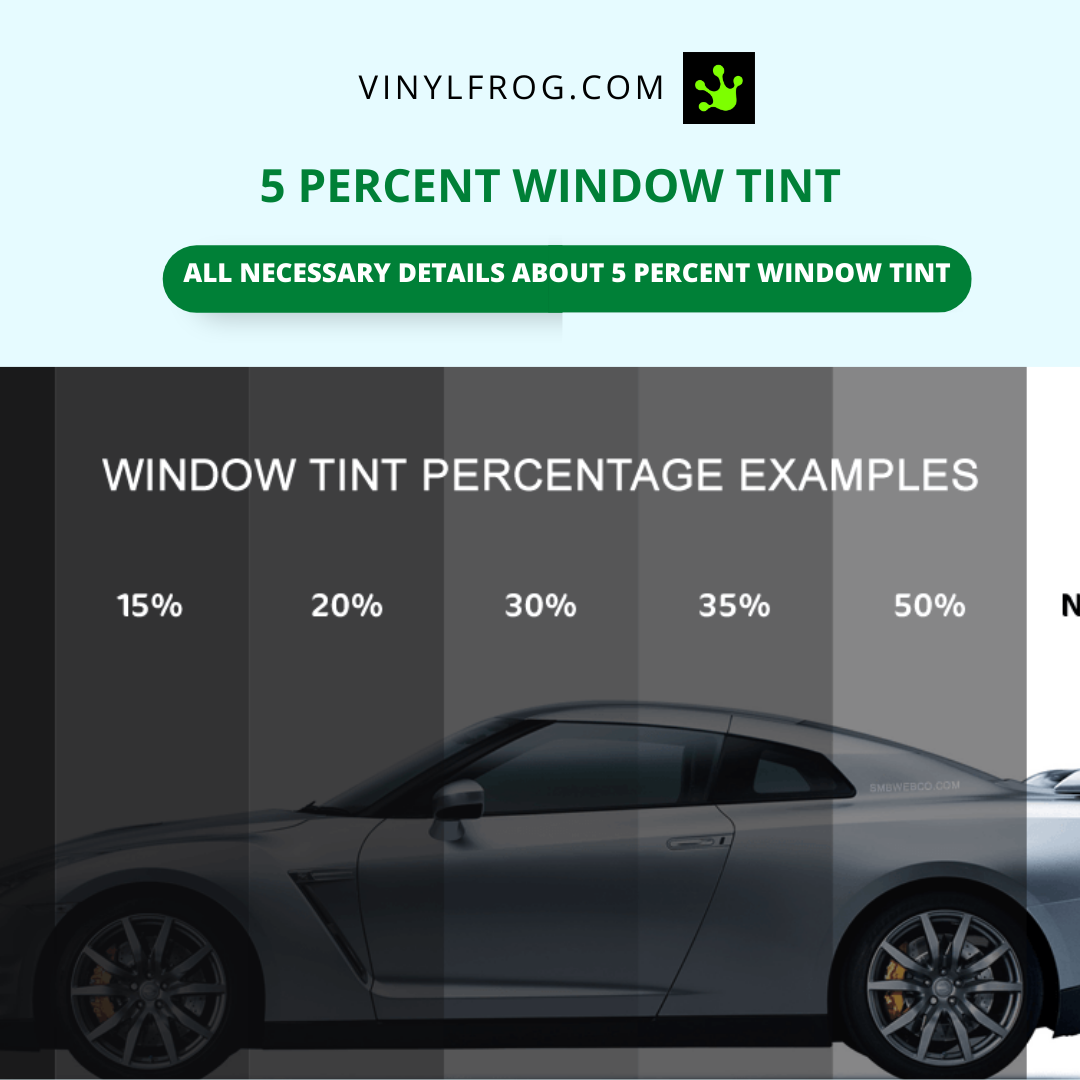Window Tinting Rules and Standards: What You Required to Know Before Tinting Your Automobile
Prior to waging window tinting for your automobile, it is necessary to familiarize yourself with the diverse legislations and guidelines that regulate this method throughout various states. These regulations determine the permissible degrees of tint darkness, frequently gauged by noticeable light transmission (VLT) percents, and consist of particular specifications for front windscreens aimed at making certain road security. In addition, certain jurisdictions may use clinical exceptions for people with qualifying problems. Understanding these intricacies can save you from potential legal ramifications, yet what are the details policies in your state?
Introduction of Window Tinting Laws
Home window tinting regulations are often subject to variation throughout different territories, reflecting regional policies and security considerations. These laws dictate the permissible levels of color darkness and reflectiveness on car home windows, ensuring that drivers keep sufficient exposure while likewise safeguarding against damaging UV rays and heat.
A lot of laws classify window tinting based upon the Visible Light Transmission (VLT) portion, which shows the amount of light that can pass via the home window. Typically, lower VLT portions indicate darker tints. Laws typically distinguish in between the front, side, and rear home windows, with more stringent limitations applied to the front windshield to improve safety and security for both the vehicle driver and various other road users.
Compliance with window tinting policies is crucial, as infractions can result in fines, necessary elimination of the tint, and potential rises in insurance costs. It is crucial for lorry proprietors to acquaint themselves with neighborhood laws prior to proceeding with window tinting setups.
State-by-State Tint Regulations
Comprehending the details home window tinting regulations in each state is crucial for vehicle owners looking for to adhere to the regulation. Each state in the U.S. has actually established its very own set of regulations regulating window tinting, which can vary significantly. These policies frequently determine the allowed levels of color darkness, the kinds of home windows that can be tinted, and any kind of medical exemptions that may apply.
As an example, states like California have stringent restrictions on tint darkness for front home windows, while others, such as New Mexico, might enable darker tints. Furthermore, certain states mandate specific visibility percents for numerous windows, consisting of the windshield, front side home windows, and back home windows. It is essential for automobile owners to familiarize themselves with their state's legislations to avoid potential penalties or fines.
Moreover, some states may require an accreditation sticker label to be positioned on colored home windows, suggesting conformity with state legislations. Failing to stick to these guidelines not only risks lawful repercussions but can likewise influence safety and exposure while driving. Vehicle owners need to perform complete research or get in touch with local authorities to guarantee complete understanding and compliance with state-by-state color guidelines.
Allowed Color Levels and Types
Numerous car proprietors might be stunned to learn that enabled color levels and kinds differ commonly across different states. Each state has actually developed its very own laws concerning the acceptable darkness and reflectivity of home window color, commonly measured by Visible Light Transmission (VLT) percentages. VLT refers to the amount check out here of light that can travel through the tinted windows; hence, a lower portion suggests a darker tint.

Furthermore, the kinds of tint products enabled can differ, with some states prohibiting metallic or mirror-like coatings. It is crucial for vehicle proprietors to familiarize themselves with their state's details laws to make sure conformity. Non-compliance can result in penalties, required removal of the color, or other lawful effects, making it important to comprehend these laws before waging installment.
Medical Exceptions for Tinting
While not all states provide allocations for medical exceptions pertaining to home window tinting, those that do recognize the requirement for particular individuals to boost exposure and comfort due to clinical conditions. Numerous medical problems, such as lupus, skin cancer, and certain eye problems, can provide people particularly delicate to sunlight. Subsequently, these people might require darker tints to protect themselves from harmful UV rays and glow.

It is necessary to keep in mind that also with a clinical exemption, there may still be limitations on the level of color enabled. Conformity with state legislations makes certain that visit homepage individuals are both secured and within lawful limits. Those considering clinical exceptions must call their neighborhood Division of Electric motor Vehicles or comparable authority to comprehend the demands and treatments essential to make an application for an exemption successfully.
Fines for Non-Compliance
Falling short to abide with window tinting laws can result in significant charges, which vary by state. Regulation enforcement companies are empowered to provide citations for cars that do not stick to the specified tinting regulations. These fines commonly consist of penalties, which can range from small quantities to numerous hundred dollars, depending upon the seriousness of the infraction and the state concerned.
In some territories, repeated offenses might cause rising fines or added charges, such as required court looks. Non-compliance may require the elimination of illegal tinting, commonly at the proprietor's expense. In severe cases, habitual culprits might deal with suspension of their automobile enrollment until conformity is attained.
Additionally, insurance coverage implications may develop from getting multiple citations for home window color offenses. Insurance companies may see such infractions as an indication of riskier habits, potentially bring about boosted costs or trouble in insurance coverage.
To prevent these charges, it is essential for vehicle proprietors to familiarize themselves with their neighborhood window tinting laws and make sure that their car complies (Window Tinting). This positive technique not only stays clear of lawful implications but additionally promotes roadway safety and security
Conclusion

Many policies classify home window tinting based on the Visible Light Transmission (VLT) percent, which indicates the quantity of light that can pass through the window. Compliance with window tinting laws is important, as infractions can result in penalties, compulsory elimination of the color, and prospective rises in insurance costs.Understanding the specific window description tinting laws in each state is important for vehicle owners looking for to conform with the regulation. These laws frequently dictate the allowed levels of color darkness, the types of windows that can be tinted, and any type of medical exemptions that may use.
For instance, states like The golden state have rigorous limitations on color darkness for front home windows, while others, such as New Mexico, may allow darker colors.